Timing a Brachioplasty (Arm Lift) After Weight Loss
After extreme weight loss, patients with loose skin on their upper arms should wait 12 months for the skin to retract naturally and maintain a stable weight for six months before scheduling their arm lift (Brachioplasty) surgery.
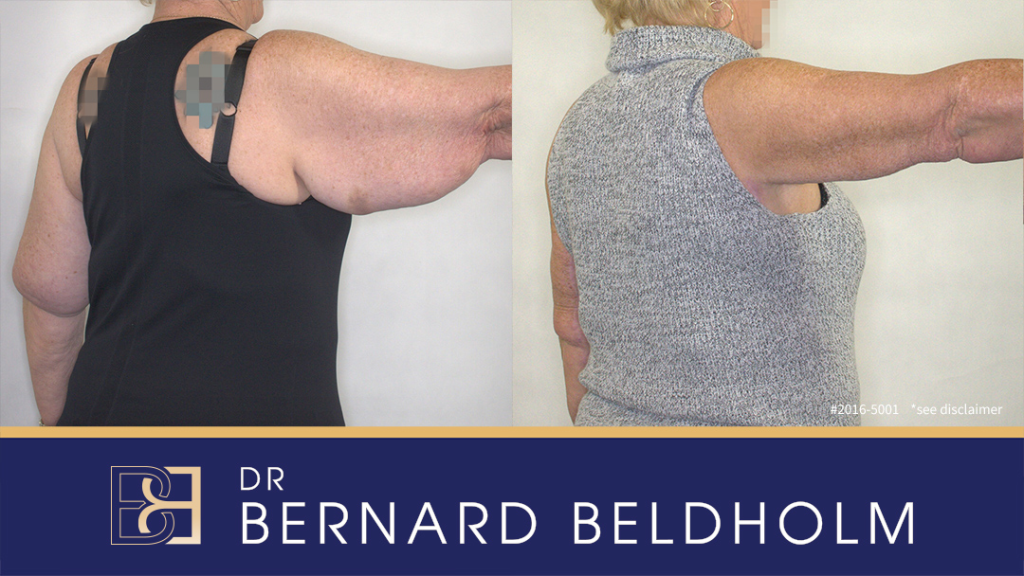
Brachioplasty before & after
Tattoo (upper back area) blurred for privacy
Disclaimer: Operation performed by Dr Bernard Beldholm. Adult content, surgery has risks; individual results vary, seek 2nd opinion. Please see the full disclaimer.
When is the right time for a Brachioplasty after weight loss?
Excess skin and fat can hang from the upper arms after losing 20 or more kilos. Brachioplasty surgery (otherwise known as an arm lift procedure) can improve this issue. The exact timing of brachioplasty post-weight loss differs for everyone. Here is a review of what patients can expect as they start planning their brachioplasty surgery.
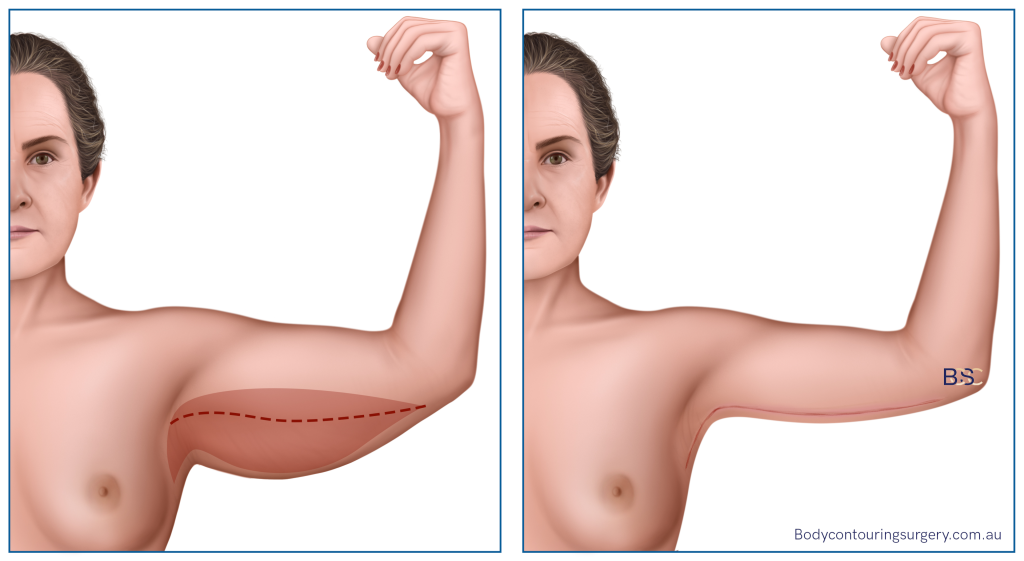
Illustration of brachioplasty surgery
Step 1: BMI
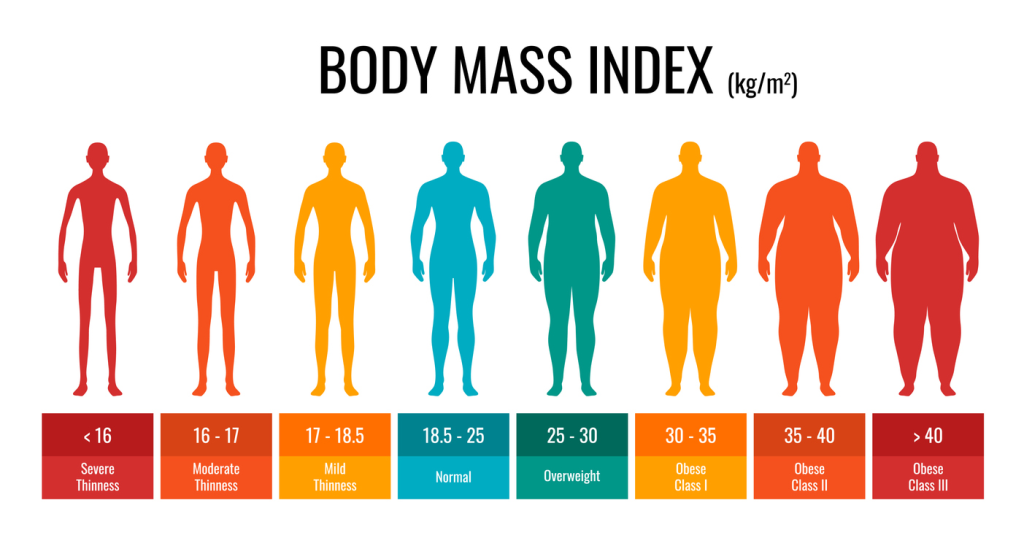
BMI ranges
Duration: Several months to years before a brachioplasty
Obese patients must lose weight before considering a brachioplasty procedure. Losing weight is a personal journey. It can take months or years to reach your goal based on your physiology, lifestyle habits, and whether you pursue bariatric surgery or take prescribed weight-management medications. Dropping major kilos is one of the top causes of loose skin, which a specialist surgeon can remove with body contouring procedures such as a brachioplasty.
Step 2: Maintain A Stable Weight
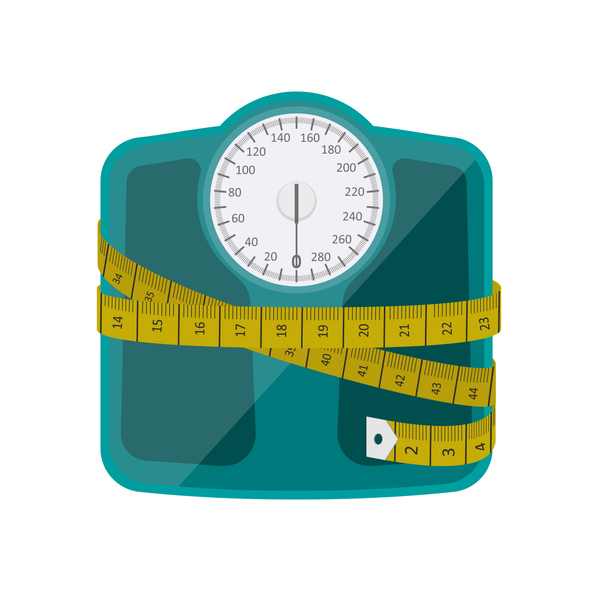
Scale & measuring tape
Duration: Six months before a brachioplasty
After reaching a normal body mass index, patients must keep their weight consistent for at least six months before a body contouring surgery such as an upper brachioplasty. The reason is weight fluctuations can undo the results of a brachioplasty. If a person gains and then loses a lot of weight after the operation, the skin might return. By waiting six months, it proves to both you and your surgeon that you are capable of maintaining a steady weight for the long haul. It is also one of the requirements for getting an MBS item number for your procedure so that you can use your private health fund.
Step 3: Wait for the Skin to Retract Naturally
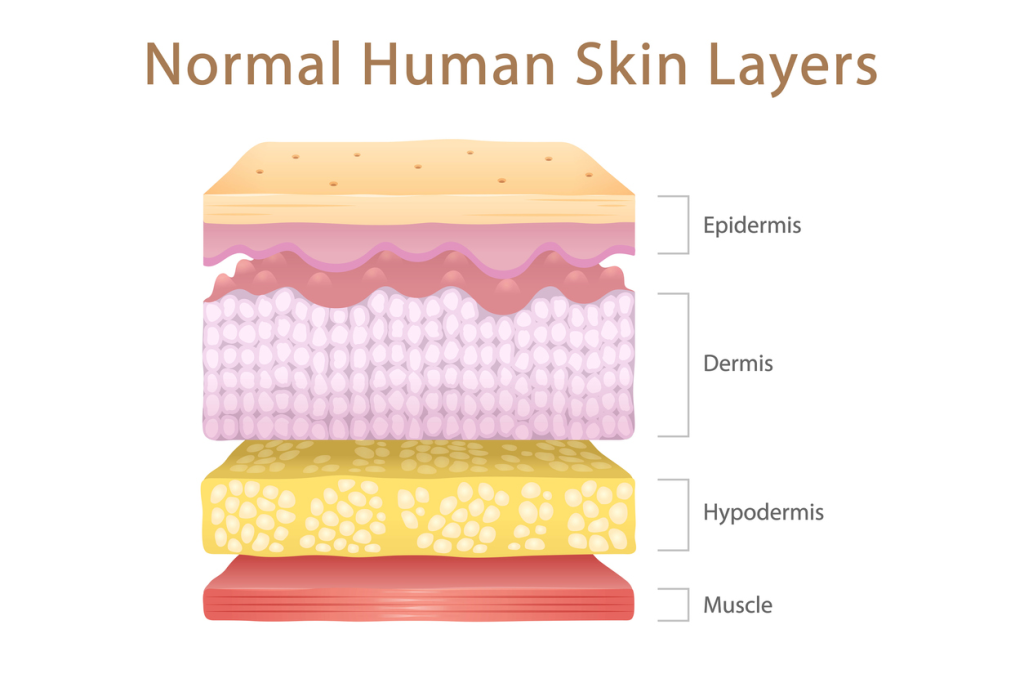
Layers of the skin
Duration: 12 months before an brachioplasty
Weight loss often leaves loose skin behind. The skin may tighten up to a degree on its own. Unfortunately, this won’t happen overnight. Post weight loss patients should wait at least 12 months to allow the skin to firm up naturally before considering an brachioplasty.
Step 4: Ask Your Doctor for a Referral

Doctor giving referral to patient
Duration: 3 months before an brachioplasty
If you have loose skin on your upper arm 12 months after losing weight and wish to have it removed, your next step is seeing your GP. A doctor will evaluate you and may refer you to a specialist surgeon who offers body contouring procedures such as brachioplasty surgery. Your specialist surgeon also requires a GP referral. A GP referral is generally valid for 12 months.
Step 5: See a Specialist Surgeon
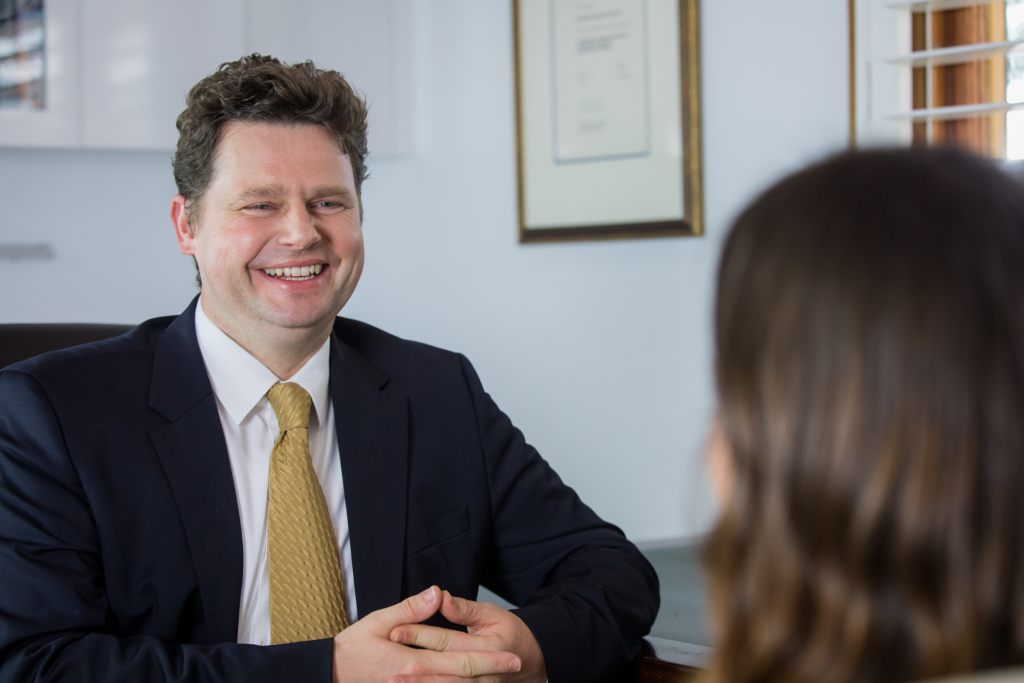
Dr Beldholm FRACS surgeon consulting with patient
Dr Bernard Beldholm (MED0001186274) M.B.B.S B.Sc (Med) FRACS, is a Registered medical practitioner & Specialist surgeon focusing on Post weight loss body contouring surgery.
Duration: 3 months before an brachioplasty
If you are considering an arm lift (brachioplasty) procedure to correct excess tissue, you will need to find a specialist surgeon who is experienced in brachioplasty surgery. There are a few surgeons in Newcastle, Sydney, and nearby areas who specialise in body contouring after weight loss.
Once you find a surgeon, you will need to schedule a consultation. Remember, a GP referral is now required in Australia. If you haven’t already done so, you should see your primary doctor for a referral. Your GP should have also recorded your weight loss.
Step 6: Learn if You Qualify for a Medicare Rebate
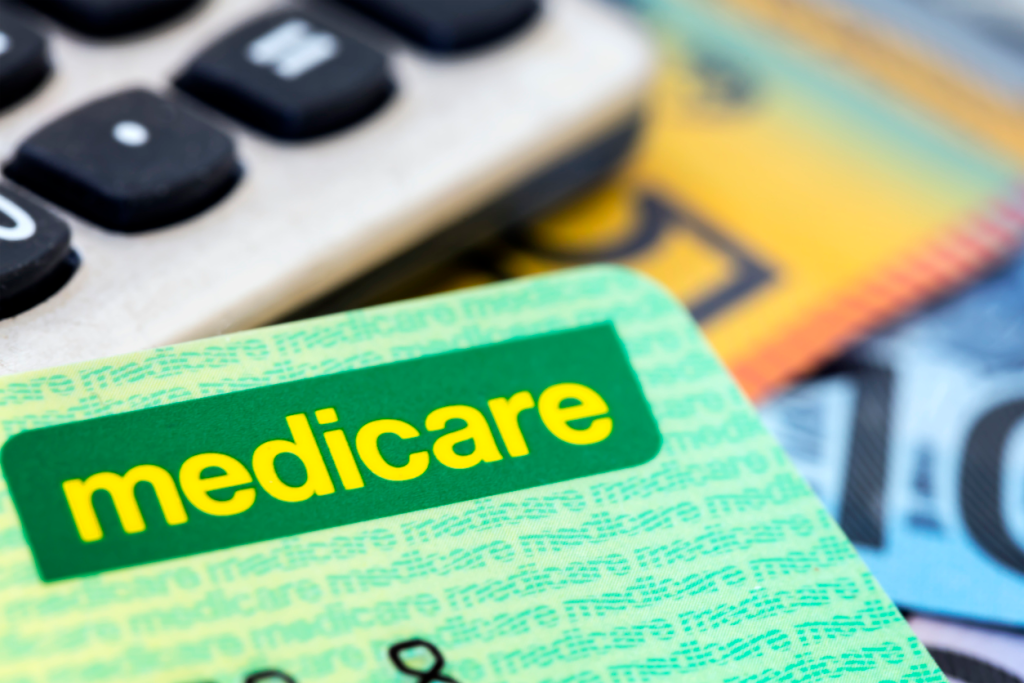
Medicare card
Duration: 3+ months before an brachioplasty
Most Australians pay for brachioplasty surgery out-of-pocket. However, some massive weight loss patients may qualify for a Medicare rebate.
Dr Beldholm explains when Medicare may chip in to cover some of the costs.
He tells us, ‘Not every brachioplasty patient is eligible, but some may qualify for a Medicare rebate if they have excess skin removed from the upper arms for functional or medically necessary reasons. That is certainly something we can discuss during our consultation.’
MBS Item Number 30169
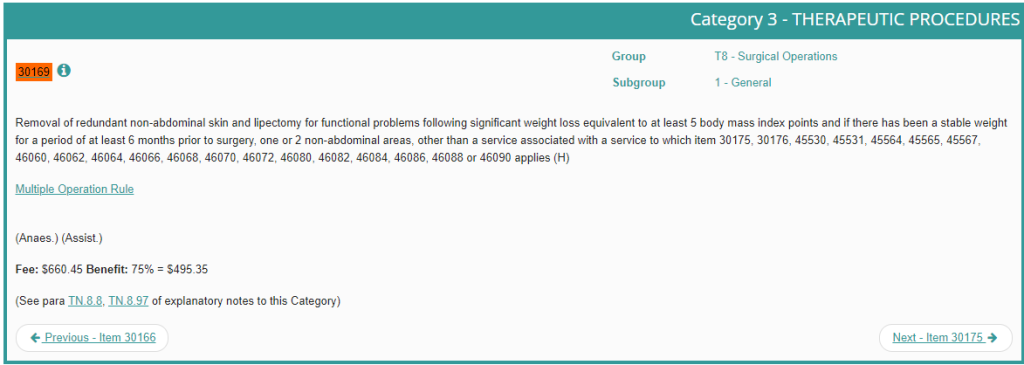
MBS item number 30169
The government offers a Medicare rebate to Australians who meet the strict criteria described in the Medicare Benefits Schedule (MBS). The rebate won’t cover the entire cost of brachioplasty, but it can reduce out-of-pocket costs. The MBS Item Number post-weight-loss brachioplasty patients need to know is 30169.
What does the Medicare rebate cover?
The Medicare rebate for brachioplasty surgery usually only covers a portion of the surgeon and anaesthetist fees. Patients with a private health fund receive a minimum of 100% of the MBS Schedule Fee as a rebate. Those with Medicare only will pay the hospital fees entirely out-of-pocket.
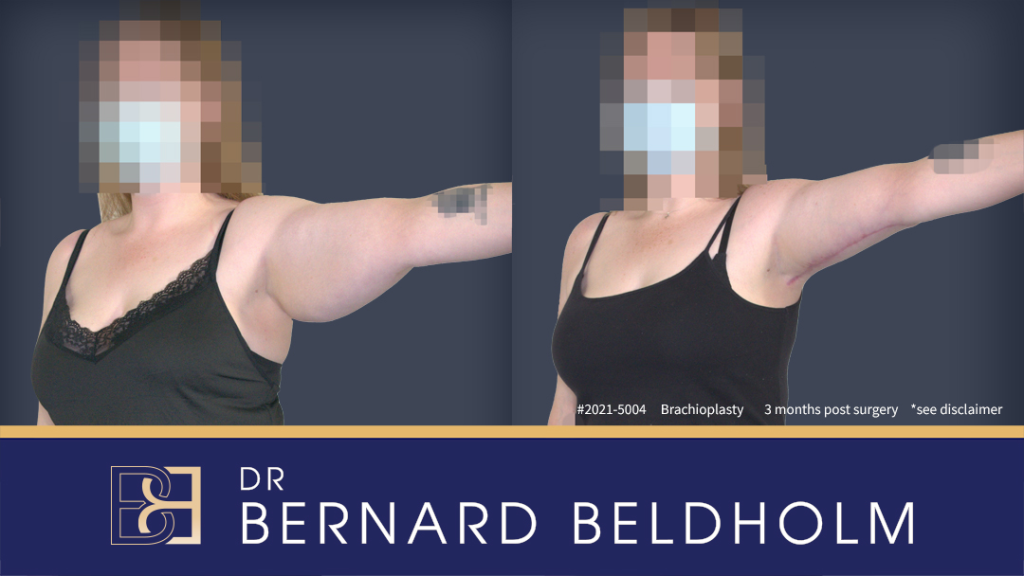
Tattoo (Left forearm) and face blurred for privacy
Disclaimer: Operation performed by Dr Bernard Beldholm. Adult content, surgery has risks; individual results vary, seek 2nd opinion. Please see the full disclaimer.
Not all patients qualify for MBS Item Number 30169
brachioplasty candidates must meet all of the following criteria to qualify for this item number.
- The excess skin and subcutaneous fat are directly caused by massive weight loss, which the government defines as losing 5 BMI points or more. This does NOT include weight loss related to pregnancy.
- The excess skin interferes with the patient’s daily life.
- The patient has a skin condition (such as intertrigo) caused by the excess skin.
- The skin condition hasn’t gone away after at least three months of conventional medical treatment.
- The patient has maintained their goal weight for six months or longer.
- The patient is a citizen or private resident of Australia.
You must have proof of all the above
Dr Beldholm explains, ‘My office helps patients submit the necessary paperwork and medical documentation if they appear to qualify for the Medicare rebate. The only catch is the very strict criteria limiting who is eligible. If I have a patient that simply wants an brachioplasty to look better and they don’t have issues like chronic pain or rashes from excess upper arm skin, they won’t qualify for this rebate and will end up paying for everything out-of-pocket. In Australia, an arm lift costs 7000 to 15000 AUD on average.’
Step 7: Schedule Your brachioplasty Surgery
Duration: 1-3 months before a brachioplasty
Many brachioplasty patients look forward to having the surgical procedure as soon as possible. Timing the surgery is key. Since the recovery period is two to three weeks, patients should first request time off work and make arrangements for assistance at home. There is no heavy lifting or driving allowed during the early healing process.
Step 8: Have Brachioplasty Surgery
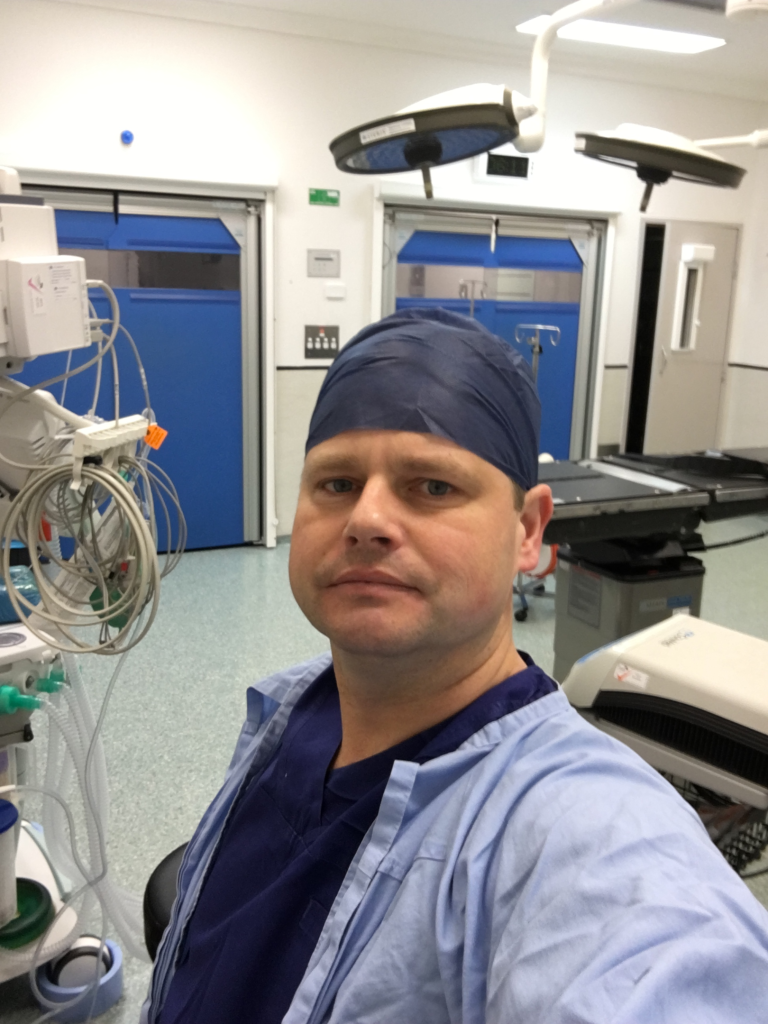
Dr Beldholm in Maitland Private HospitalDr Beldholm in Maitland Private Hospital
Duration: 1 day
The typical brachioplasty surgery duration lasts a few hours under general anesthesia. During the operation, the surgeon will remove excess skin and fat from the upper arms with an incision. (Note that a massive weight loss patient may also need skin removed from the lateral chest, which could mean a longer brachioplasty incision.) brachioplasty is sometimes performed with liposuction (Suction-assisted lipectomy) of the upper arm to remove excess fat deposits.
Step 9: Recover from Surgery
Duration: 2 to 3 weeks for the initial recovery
Patients may spend one or more nights in the hospital. Once discharged, someone trustworthy will need to drive them home and look after them for 24 hours. The initial brachioplasty recovery period is two to three weeks, during which there can be discomfort, swelling, and bruising. Most patients find it takes three months for swelling to settle, revealing smoother, tighter upper arms. The surgical results can last many years if the patient maintains a consistent weight.
Brachioplasty FAQs
What causes loose skin on the upper arms?
Loose upper arm skin is typically the result of losing weight. Some patients develop loose skin on the upper arms due to ageing, which affects skin elasticity.
Will private health insurance cover brachioplasty surgery?
Australians with private health insurance may have some or all of the hospital charges covered, but it depends on the policy and level of cover. The surgeon fee and anaesthesist fee typically aren’t covered. A waiting period may apply when starting or switching to a new health plan. Check with your health insurance carrier for details on what your plan will and won’t cover as each policy differs.
Is it better to have a body lift before or after brachioplasty surgery?
Loose skin can develop in multiple body areas after extreme weight loss. Some patients undergo more than one body contouring procedure to different zones. One such procedure is a lower body lift (also known as a belt lipectomy), which removes excess tissue 360 degrees around the waist. Since lower body lifts (Belt lipectomy) don’t involve the upper arms, it is up to the patient and surgeon as to whether they want to have arm reduction surgery (brachioplasty) before or after other body contouring services.
Do brachioplasty remove fat or will I need liposuction (Suction-assisted lipectomy)?
A qualified surgeon can tell you whether arm lift surgery or upper arm liposuction is suitable. In some cases, both are performed at the same time. Removing excess loose skin during an brachioplasty will remove some of the subcutaneous fat. Deeper arm fat and fat in other areas (such as the lateral chest wall) may necessitate liposuction (Suction assisted lipectomy).
Are brachioplasty scars worth tighter, firmer arms?
That is a question only the patient can answer. The scars from brachioplasty surgery can be significant and highly visible as they heal. Be sure to discuss the brachioplasty incision placement with your surgeon before agreeing to have the surgery. All that said, after battling loose skin after losing extreme weight, many brachioplasty patients are willing to live with a scar. brachioplasty scars can be minimised with laser therapy, revision surgery, and prescription ointments, but they are unlikely to disappear fully.
Can a compression garment tighten skin or reduce arm fat?
brachioplasty patients usually wear compression sleeves for a few weeks after the surgical procedure to reduce swelling. A compression garment won’t tighten loose skin on the upper arm on its own.
What kind of brachioplasty do post-bariatric patients need?
It depends on the amount of loose skin and fat. A mini brachioplasty is only for patients with mild skin laxity. Post-bariatric patients are rarely candidates for a mini brachioplasty. A traditional brachioplasty (also called a brachioplasty) removes more skin and fat with a longer incision. An extended brachioplasty removes excess skin from the upper arm and lateral chest wall. Your surgeon should explain the surgical techniques and let you know what results to expect.
What happens if I gain weight after a brachioplasty?
Patients must keep their weight steady after a brachioplasty. Gaining kilos and then losing weight in the future could result in extra skin on the upper arm area all over again. The skin excess can be removed with a secondary brachioplasty if needed. However, most brachioplasty patients only do it once in a lifetime due to the cost and recovery time.
Why are my arms swollen after upper arm lift surgery (brachioplasty)?
Swelling is a common response to surgery. After brachioplasty surgery, swelling can be significant at first. To reduce swelling, surgeons usually ask their patients to wear a compression garment on the upper arm area. If your swelling or pain is extreme, contact your surgeon, especially if you have pre-existing medical conditions.
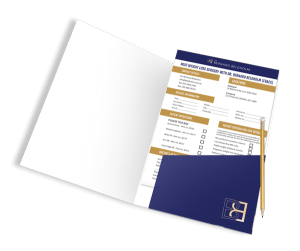
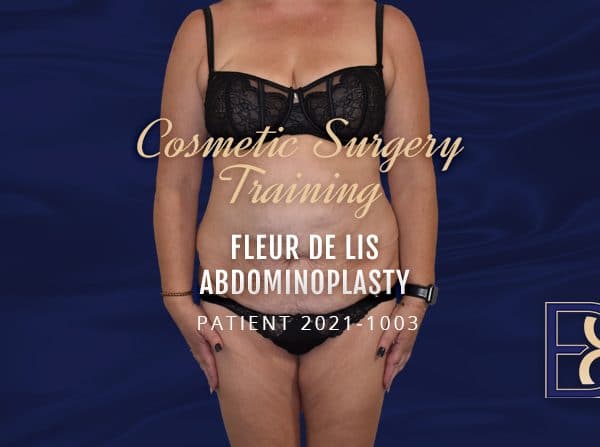
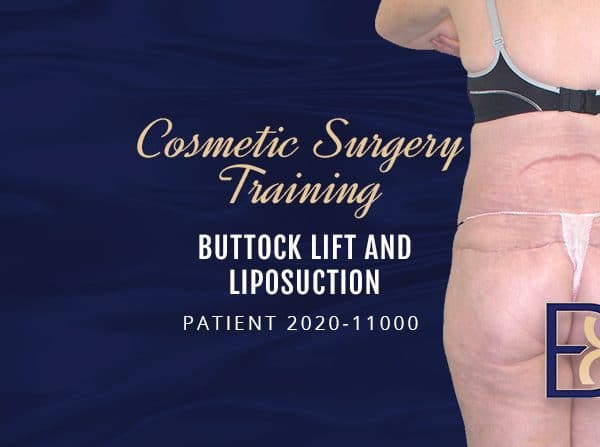
![Traveling After Arm Lift Surgery [ A Complete Guide ]](https://bodycontouringsurgery.com.au/wp-content/uploads/2023/11/BCSC_travelling_after_brachioplasty_surgery_-featured_image-1.jpg)